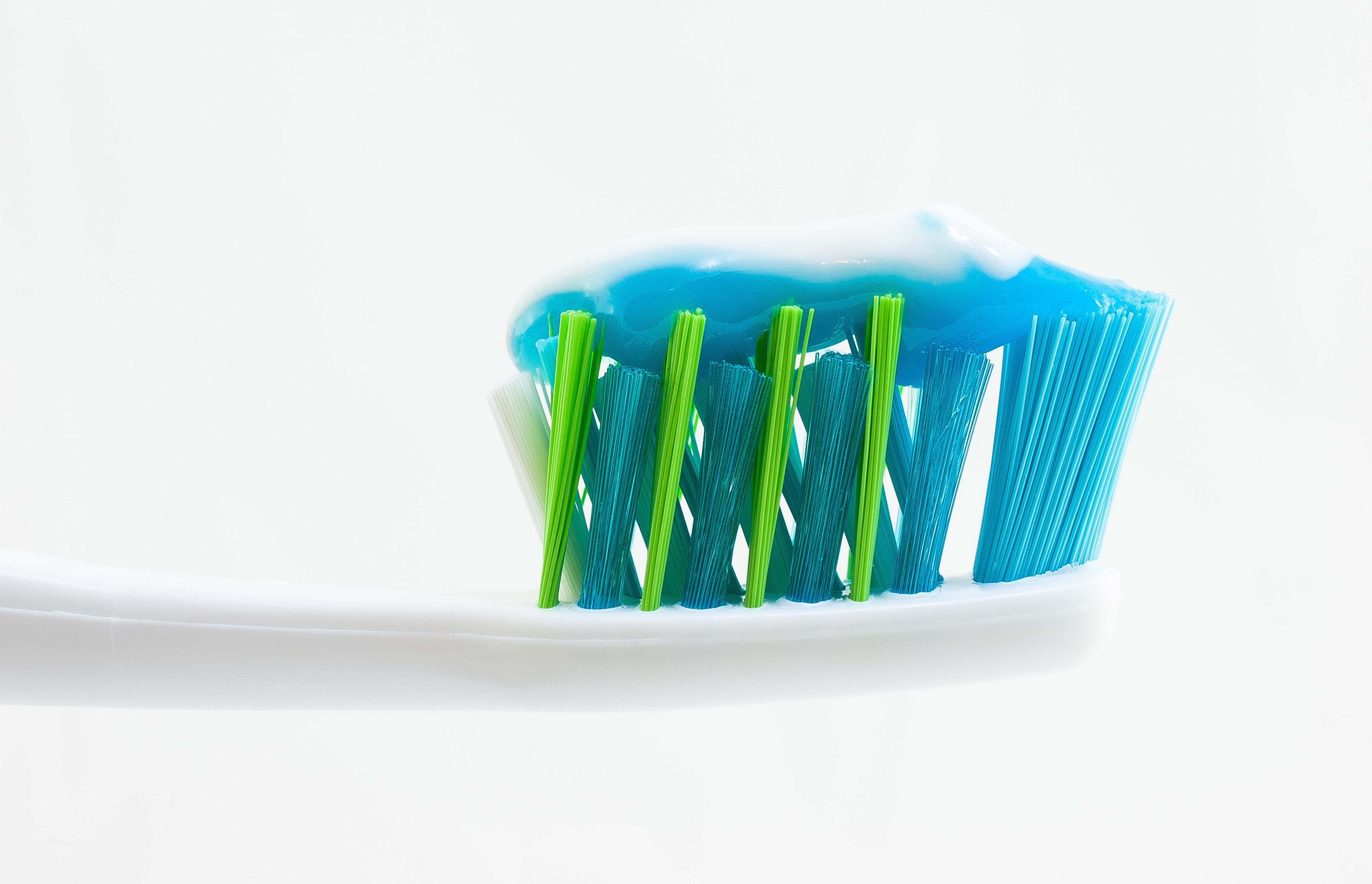Fluoride is present in varying amounts in different sources (water, toothpaste, food, etc.). For years, it played a central role in the prevention of tooth decay. Now, there are concerns raised in regards to its toxicity.
It is absolutely essential to find out more about fluoride and its function, and estimate the dose absorbed. Are we exposed to a risk of excess fluoride? What are the implications? Should this influence our choices regarding certain consumer products?
Dr. Celia Gonzalo Gleyzes – Neolife Medical Team
Sources of fluoride
Fluoride content in groundwater ranges from 0 to 40 mg/L. There are areas (foothills, for example) that are richer in this element, the so-called fluoride belts. One of these extends from Syria through Jordan, Egypt, Libya, Algeria, Sudan, and Kenya, and there is another one across Turkey, Iraq, Iran, Afghanistan, India, North Thailand, and China. There are similar areas in America and Japan (1). Policies related to the prevention of tooth decay have led to water fluoridation.
There are significant amounts of fluoride in tea, canned sardines, supplements, and toothpaste (2).

Dietary fluoride is absorbed in the stomach and small intestine. Up to a third is deposited into calcified tissue; the rest is eliminated in urine.
Fluorapatite or fluorohydroxyapatite may be formed in bones and teeth. 99% of the body’s fluoride is located here. And the amount increases with age.
We cannot state that fluoride is absolutely necessary, even if it has beneficial effects. What has been proven is that once it is incorporated into the bone, it increases the activity of the osteoblasts (bone-producing cells) and bone mineral density in the lumbar spine. However, it may increase the risk of non-vertebral fractures. Low fluoride levels are only associated with cavities.
The toxicity of fluoride
Poisoning occurs from fluoride intake (water, fluoride supplements, fluorinated pesticides), inhalation or skin absorption (Freon or hydrofluoric acid spills). 80% of cases of poisoning in children under 6 years of age occur due to the ingestion of toothpaste or mouthwash.
Symptoms of acute poisoning include gastrointestinal symptoms, cardiac dysfunction, kidney disease, coma, and may even lead to death.
Chronic fluoride toxicity (fluorosis), may affect teeth (white spots and defects appear), the skeleton (a change in its properties, appearance of osteophytes), and ligaments (calcification). Symptoms range from muscle weakness to chronic fatigue, joint stiffness, and multiple neurological effects (radiculopathy, spinal stenosis).
The bone affected by fluorosis (an exchange of hydroxyapatite crystals for fluorapatite crystals) is denser but with a lower capacity for remodeling and greater rigidity, leading to an increased risk of pathological fractures (2).
In terms of diagnosis, suspicions are based on symptoms and X-ray findings but confirmed with the detection of excess fluoride in the blood (>0.2 mg/L), urine or bone tissue (biopsy).
The adequate intake (AI) of fluoride is the following:
- Children: 0.7 mg a day.
- Women: 3 mg a day.
- Men: 4 mg a day.
It is generally recommended that children under 2 brush their teeth only with water and those aged 2 to 6 brush their teeth with an amount of toothpaste the size of a pea, without ingesting it.
Another alternative, should we choose to lower the amount of fluoride ingested per day, would be to use fluoride-free toothpaste (available in eco-friendly brands) or alternate between toothpastes.
The tea plant, Camellia sinensis, accumulates fluoride in its leaves. It is preferable to buy high quality loose leaf tea rather than tea bags (typically older leaves that have accumulated fluoride and have been crushed). It is worth noting that white tea and green tea contain less fluoride than black tea.
BIBLIOGRAPHY
(1) https://www.who.int/water_sanitation_health/diseases-risks/diseases/fluorosis/en/
(2) UpToDate àOverview of dietary trace mineralsà Fluoride
(3) Skeletal fluorosis: don’t miss the diagnosis! https://www.ncbi.nlm.nih.gov/pubmed/31501957
